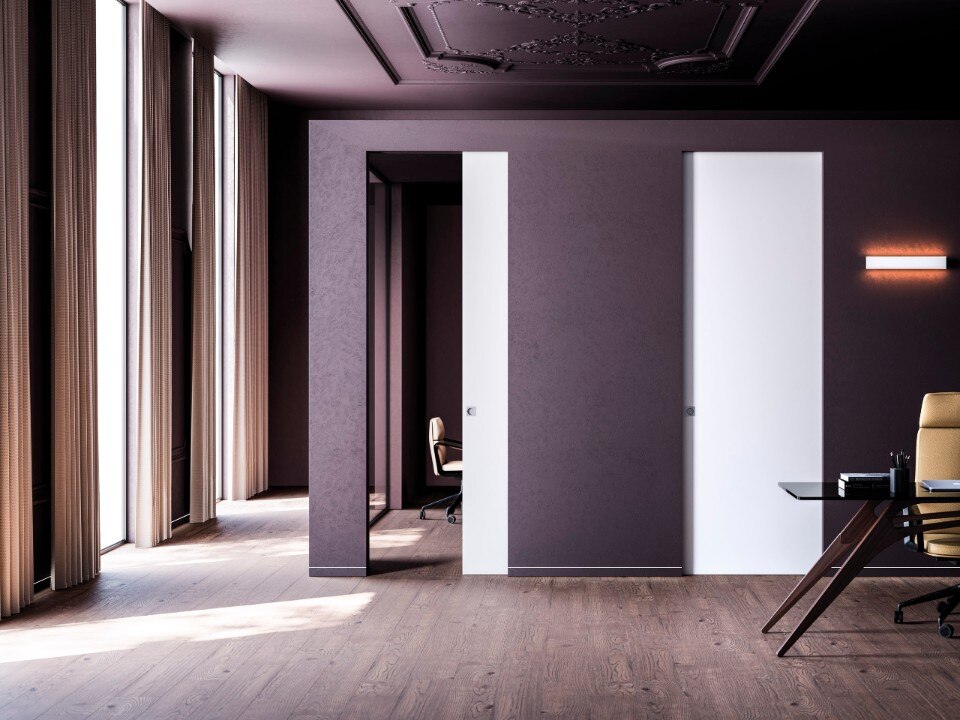The company that in fact conceived the HiddenRadio could hardly be more dissimilar to Apple, not least because there is no company. The HiddenRadio is a quintessentially new typology of product, not so much in terms of its form or even its functionality, but in the economic model to which it owes its existence—a model that would have been inconceivable just a few years ago, before a plethora of social media sparked off an inexorable transformation of pretty much every aspect of daily life. The story of the radio's genesis is the stuff of Internet mythology, and just one of several extraordinary success stories that have led in recent months to a frenzy of excitement around the crowd-funding website Kickstarter. Put simply, Kickstarter allows anyone with an idea for a "creative project" to seek backing for that project by posting a pitch in video form. A funding goal and timeframe is set; if a sufficient number of backers (or "investors", as Kickstarter describes them) pledge their support by making a credit card payment, and the goal is reached, Kickstarter releases funds to the project leader. In the case of the HiddenRadio, the funding goal of 125,000 dollars was smashed just days after the campaign was launched, and from there it marched on to collect 938,771 dollars by the campaign deadline of 18 January 2012.


Whether or not Kickstarter actually changes the industry, it represents a sea change in the way we think about the industrial design process












Eclisse: when invisibility art shakes up interior design
A leader in manufacturing pocket door frame systems, Eclisse redefines the concept of living space. Through solutions like Syntesis Line, the company transforms doors into continuous design elements.


